Cognitive Radio Networks: Performance, Applications and Technology
Over the past two decades, there have been rapid and significant developments in the field of wireless networking, especially with the emergence of wireless cognitive radio network technologies. There are, however, fundamental limits to communications and radio resource is scarce in the face of demand. This gives rise to new challenges in jointly managing resource allocation and interference management in a cognitive manner. The first cognitive radio wireless standard, IEEE 802.22, was only published in 2011, whereby white space – referring to the unused frequency spectrums that are location-specific – in television channels can be identified for use by other devices in a cognitive radio network. Recently, the U.S. Defense Advanced Research Projects Agency has also recognized the importance of wireless cognitive radio network technologies in military and civilian applications, and organized the 2017 DARPA Spectrum Collaboration Challenge to spur new ideas and experimentation to overcome spectrum scarcity. The need to cognitively access the increasingly-crowded electromagnetic spectrum has never been greater. This book, written by a team of leading experts, aims at providing the readers with a series of tutorials on a variety of cognitive radio network technologies ranging from efficient dynamic spectrum sharing and interference management to optimal resource allocation and to fundamental limits in communications. Emphasis is on cutting edge research in theoretical tools, algorithms and engineering insights to provide guiding principles, making this an ideal reference book.
{{comment.content}}

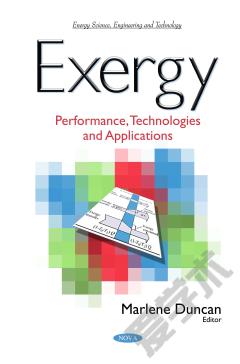
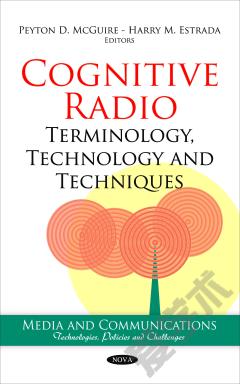
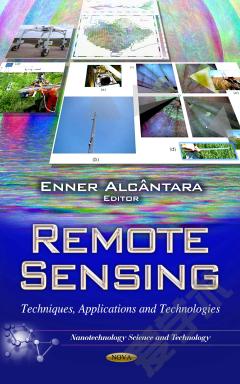

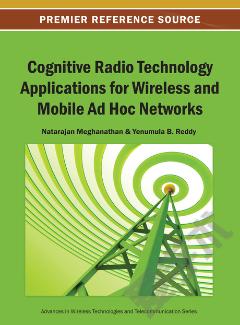
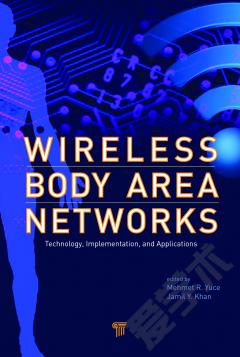

 京公网安备 11010802027623号
京公网安备 11010802027623号